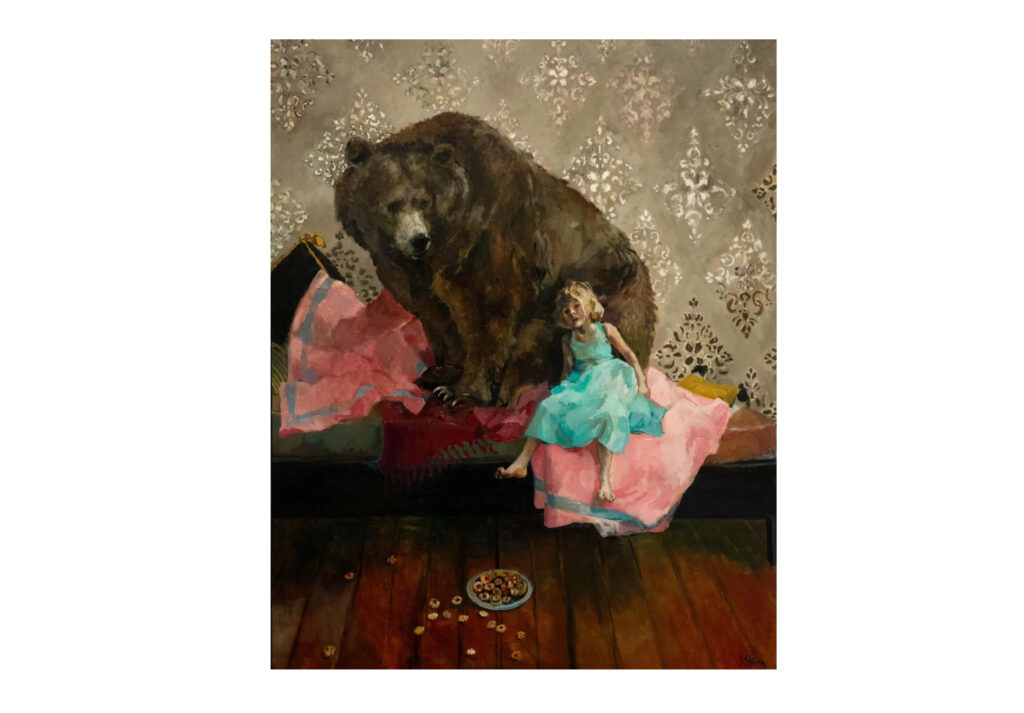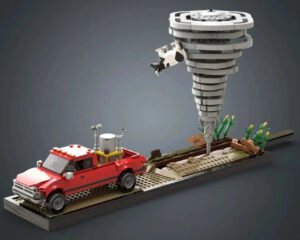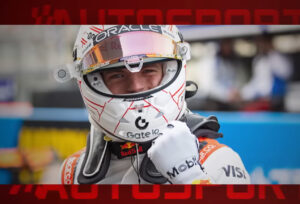There’s a question that echoes softly throughout the gallery space: “Kan jeg beholde henne?” — “Can I keep her?” It doesn’t shout, but it doesn’t need to. It’s the kind of question that travels quietly, tugs gently, and lingers. It’s a child’s voice. It’s the voice of someone on the edge of attachment. Someone who doesn’t yet understand ownership but deeply understands care.
In artist Støyva’s body of work, this question becomes more than a phrase—it becomes the gravitational center. Through sculpture, drawing, and mixed media installations, she returns again and again to the relationship between humans and animals, and most intimately, the unique, often unspeakable bond between children and creatures—real, imagined, or somewhere in between.
The Space Between the Living and the Imagined
To step into Støyva’s world is to enter a place where the lines between animate and inanimate blur. In one corner, a soft, worn plush animal slumps beside a child-sized bed. Its seams are exposed, its fur matted—an object, yes, but one that clearly holds a story. In another, a series of detailed charcoal drawings show children curled around animals with oversized eyes and ambiguous expressions.
The creatures are not always cute. Sometimes they’re strange, even haunting. But the children hold them with reverence, as if to say: I see you, even if no one else does.
There’s tenderness here. But also a quiet tension. What does it mean to keep something? What does it mean to love something that doesn’t belong to you? And what happens when the line between play and protection, between fantasy and real-life connection, starts to dissolve?
Childhood as Portal, Not Theme
It would be easy to read Støyva’s work as “about childhood.” But that feels too reductive. This isn’t a nostalgic look back at innocence—it’s a close examination of how children relate to the world, particularly the parts adults no longer fully access.
In many of the pieces, the child is not the subject, but the lens. Through their gaze, animals become confidants, companions, mirrors. A threadbare rabbit is not just a toy. It’s a keeper of secrets. A taxidermied bird is not dead—it’s listening. A clay fox with no eyes is not unfinished—it’s dreaming. Støyva lets the child’s perception dictate the narrative, and in doing so, she elevates imagination as a valid and deeply emotional mode of reality.
“Can I Keep Her?” — Wanting as an Act of Love
The titular phrase doesn’t just point to desire—it frames it as an act of love. When a child asks, “Can I keep her?”, they aren’t asking to possess. They’re asking to extend the moment. To make sure nothing disappears. To give care in a way that feels urgent and pure.
Støyva is attuned to the fragility in that question. It’s not only about the animal—it’s about belonging, vulnerability, and the quiet terror of knowing that some things can’t be held forever.
In a central installation, a child-sized figure reaches toward a papier-mâché deer. The deer is partially faded, covered in dust. The figure isn’t holding it—just touching, barely. A tag tied to the deer’s leg reads: Hun er ikke min — She is not mine. The tension here is exquisite. The child knows this. And still reaches.
Animals as Projection Surfaces
A recurring idea in Støyva’s work is that animals—especially in the hands of children—become projection surfaces. They don’t just exist as they are. They become vessels for emotion, for story, for identity.
A dog-shaped shadow becomes bravery. A bird becomes freedom. A bear, safety. These animals are not always alive. In fact, many are made of fabric, wood, or paper. But through the lens of the child—or more precisely, through the lens of how children use animals—life is never far.
This mirrors a psychological truth: children often develop deep emotional relationships with objects, especially animal figures. It’s how they rehearse intimacy. It’s how they process loss. It’s how they learn what it means to care and to be cared for.
Støyva’s art doesn’t just depict this—it activates it. Her installations make you remember your own childhood alliances, the dog you cried to, the bear you packed when your parents argued, the imaginary friend with wings who followed you through dark hallways.
The Wild and the Tame
Another thread running through the work is the tension between wildness and domestication. Støyva’s animals are not always gentle. Some have teeth. Some look like they might run if you blink. Others appear hurt, stitched back together, limping but present.
The child’s interaction with them is always careful, often deferential. There’s no dominance here—just an attempt to understand.
This raises questions about how we treat what we fear, what we wish to tame, and what we cannot control. It also hints at how we as adults often flatten animals into symbols—cute, harmless, owned—whereas children still see the spark of unpredictability in them.
Material Choices and Emotional Texture
Støyva’s choice of materials reflects her conceptual concerns. She works with tactile, often humble media: felt, old cotton, cardboard, found wood, wire, and clay. These materials feel domestic. Close. Worn. They invite touch—even as the gallery setting denies it.
The use of soft textures, imperfect stitching, and hand-drawn lines gives the work a certain emotional texture—less polished, more lived-in. There’s an honesty to it. Nothing is made to impress. Everything is made to connect.
Sometimes she incorporates actual children’s drawings or handwritten text, further collapsing the line between artist and subject. The result feels more like a collaboration than a representation.
The Role of Loss
Though gentle, the work often brushes up against loss. A missing eye. A faded figure. A child looking at an empty leash.
It’s not grief in a dramatic sense—but the subtle, daily griefs of growing up, letting go, realizing that nothing can be kept exactly as it was. Støyva captures that bittersweet edge, where love is tangled with impermanence.
In this way, “Kan jeg beholde henne?” becomes more than a child’s plea. It becomes a universal question: How do we hold onto the things that matter when everything is slipping through our fingers?
Impression: The Ethics of Attachment
Støyva’s work invites us not only to remember our early emotional landscapes, but to reconsider how we relate to the world now. To ask: when we love something—an animal, a person, a memory—what does it mean to “keep” it? Can we hold it without possessing it? Can we love without owning?
In “Kan jeg beholde henne?”, the answer is never fully given. But perhaps that’s the point. The power lies not in resolution, but in asking the question with tenderness, over and over again.
No comments yet.







